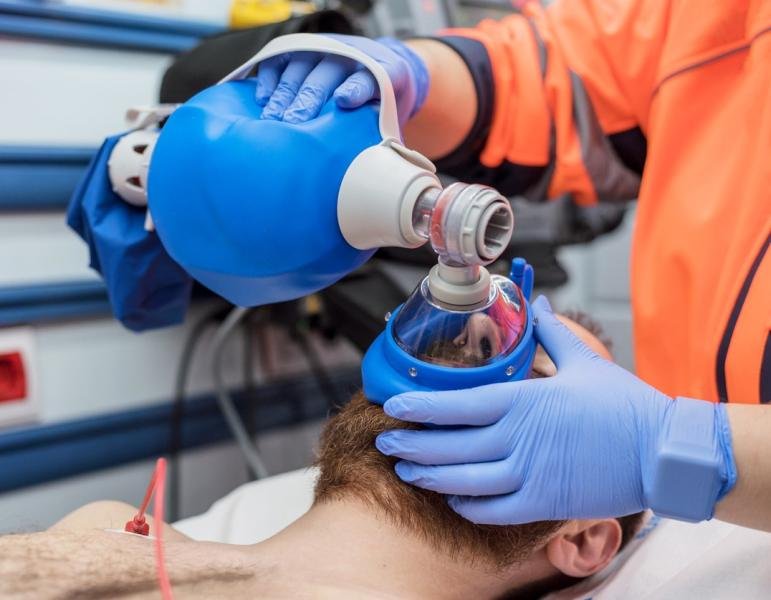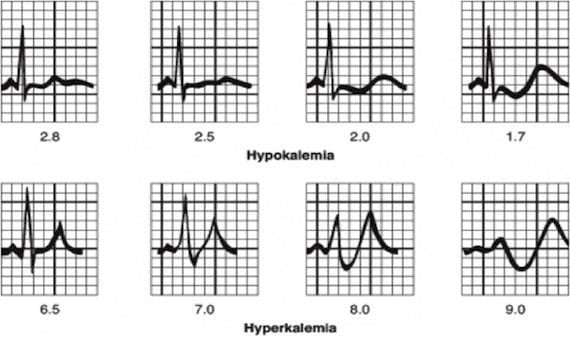
Our bread & butter
At EMS Aware, our bread and butter is providing the latest research, talking points, and information for both EMS providers and the public alike. Knowledge breeds understanding and competency.
Check below to see a snapshot of articles - for both sides.
Articles for EMS Providers
In this article, we discuss the basics of rapid sequence intubation and the EMS providers’ role in the process. We discuss the pathophysiology, medications involved, and basic principles of RSI.
In this article, we discuss the basic pathophysiology and clinical pearls of alcohol withdrawal management, including CIWA scores and benzodiazepine use as it pertains to the ER nurse or EMS provider.
In this article, we discuss the basics of transgender gender- affirming care, important clinical pearls for EMS providers, and best practices to approach transgender patients.
In this article, we discuss the most common mental health medication classes, considerations for EMS providers, and major life threats such as neuroleptic malignant syndrome.
In this article, we discuss the intricacies of acute cocaine toxicity management in the prehospital realm, including common signs and symptoms, medications involved, risk factors, and EKG changes.
In this article, we discuss the pathophysiology of testicular torsion, the prehospital recognition and management of it, and the in-hospital therapies available for these patients.
In this article, we discuss the pathophysiology behind hypoglycemia and its causes. We also discuss special cases such as alcohol-induced hypoglycemia, sepsis, and diabetic coma.
This article is a long-form, easily accessible way to explore different EKG patterns and their pathophysiology. Last updated 6/16/2023.
In this article, we discuss the basics of intracranial pressure issues, the EMS management of said issues, the pathophysiology behind principles such as the Monro-Kelli doctrine and uncal herniation, and the latest research in trauma care.
In this article, we address the indications, pathophysiology, common uses, and other clinical pearls about magnesium sulfate as an EMS medication.
In this article, EMSAware discusses the background on research cardiac arrest literature and the contested role that epinephrine plays in resuscitation. This article focuses heavily on the UK-based PARAMEDIC2 trial.
In this article, we explore the complexities behind chronic kidney disease patients and the essentials that healthcare providers must know to provide adequate care, especially in the prehospital world.
This article is intended to provide information and comparison of different prehospital stroke scales and their various strengths/weaknesses. Covered scales include the FAST-ED, Cincinnati, NIHSS, and RACE stroke scales.
In this article, we review the pathophysiology, findings, and treatment options available for potassium electrolyte imbalances - including hyperkalemia and hypokalemia.
In this article, we discuss hypercholesterolemia, the mechanism of action of statin class drugs, populations that are most commonly described statin drugs, and considerations for healthcare providers when treating patients taking statin drugs.
In this article, we review the pharmacology and pathophysiology behind Epinephrine, proper use of it, and the BLS and ALS applications for it in the field.
Image courtesy of Allergic Living.
In this article, we review STEMI and NSTEMI, classic AMI symptoms, and work on differentiating the possibility for AMI with atypical patient populations/presentations. This is about acute coronary syndromes.
Photo courtesy of Verywell Health.
Exploring the emergence of prehospital ultrasound.
Articles for The Public
In this article, we explore the issues plaguing EMS billing and federal ambulance transport reimbursement schedules.
In this article, we discuss the Stop the Bleed initiative and its potential impact on reducing trauma deaths in the United States. Stop The Bleed interventions train the bystander to apply pressure to wounds, recognize dangerous bleeds, and apply tourniquets.
In this article, we discuss the importance of remaining calm during emergencies and provide some tips for helping make emergency calls go smoothly as a bystander.
In this article, we explore patients with chronic health conditions, the importance of health literacy and community paramedicine programs, and the broader impact that better communication between healthcare entities can have for patient outcomes.


























In this article, we discuss the essential cornerstones of prehospital care of the hypothermic patient. We also explore in-hospital therapies and review special circumstances such as hypothermic cardiac arrest, submersion injury and drowning, and EKG changes in hypothermia.